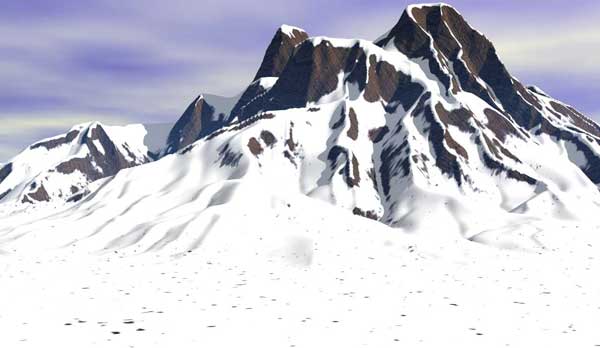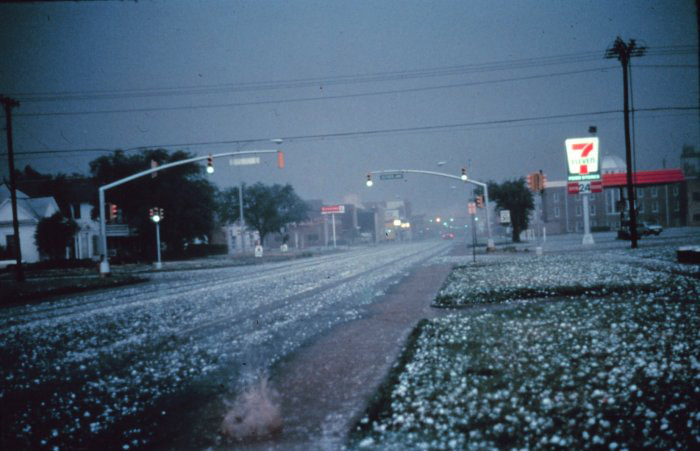 |
 |
 |
||
Precipitation can be categorized in three ways depending upon whether it falls as liquid water, liquid water that freezes once making contact with the surface, or ice. For example, rain, snow, and hail. Rain is created when moisture from the Earth's oceans evaporates, condenses into drops, cascades down to the surface from the sky, eventually returning to the oceans by way of rivers and streams to complete the cycle once again. Snow crystals form when miniature supercooled cloud droplets freeze. These droplets then grow in size and fall through the atmosphere due to their mass, it is possible that along the way they collide to create clusters. Hail is formed when supercooled droplets of water freeze on contact with condensation nuclei, for example, dirt or dust. These droplets then become carried to the upper part of the cloud by an updraft, after the updraft dissipates, the droplets ascend once again. This process occurs several times until the droplets become too large and fall from the cloud. |
||||